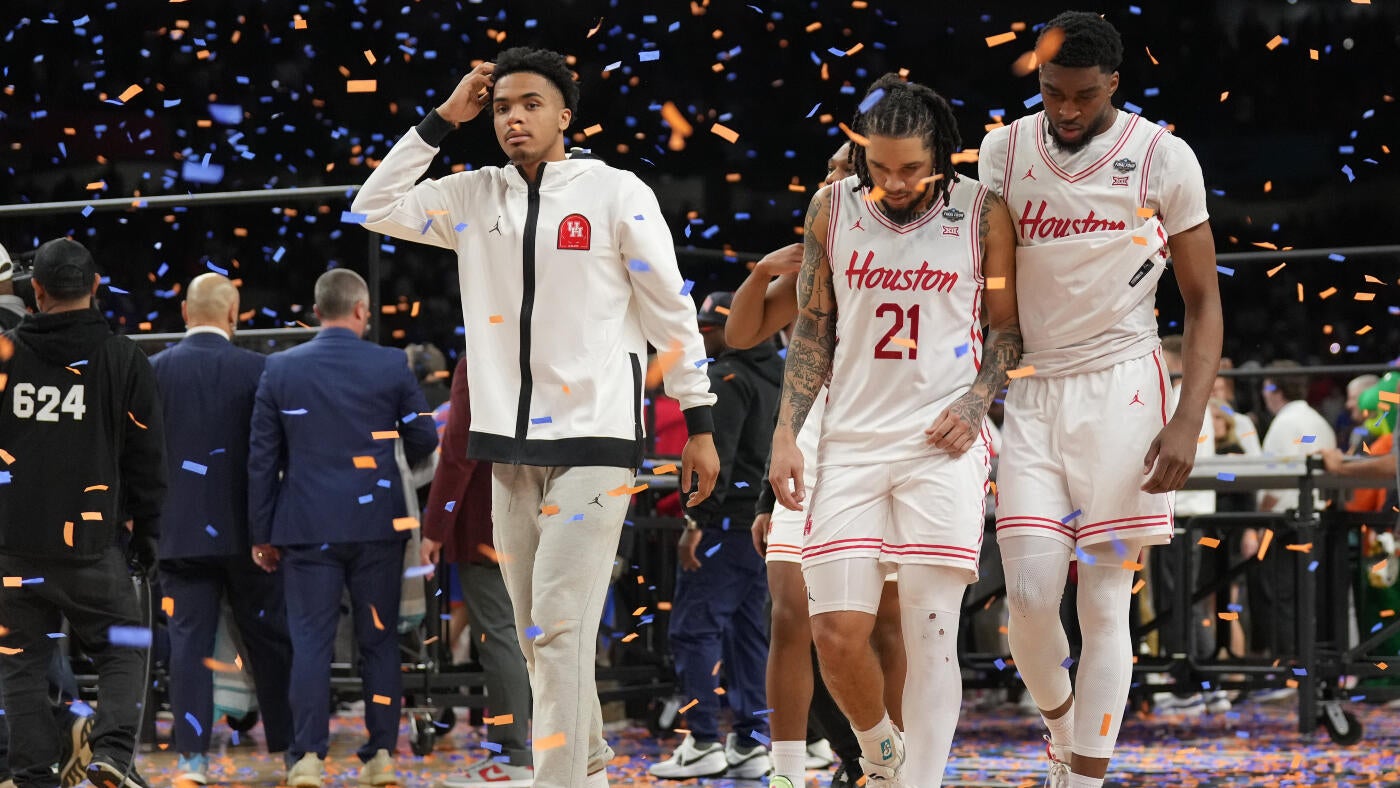Apr. 7—MONTROSE, S.D. — When Jaxon Scheff first laced up his running shoes in seventh grade, he wasn't just joining the cross country team — he was breaking new ground for blind athletes in South Dakota.
Now a freshman at Montrose High School, Scheff is legally blind due to ocular albinism and congenital nystagmus, conditions that limit his depth perception and cause involuntary eye movement.
With help from family, friends and a patchwork network of volunteer guides, he became the first blind athlete to compete in South Dakota High School Activities Association (SDHSAA) sanctioned sports alongside fully sighted competitors.
But this spring, Scheff is facing a new challenge: the lack of a dedicated guide runner.
"It's better than not running at all," said Scheff, who is relying on his cousin, fellow McCook Central-Montrose runner Ben Wiebersick, to guide him at the start of this track season.
Wiebersick has stepped in when possible, but the two have to make decisions meet by meet — sometimes one has to give up a race so the other can compete. The cousins ran together at a meet last year when Wiebersick filled in for his previous guide Layne Lewis, and Jaxon believes he hit a personal record in the mile that day.
Running blind requires more than stamina — it takes trust. Guide runners are tethered to the athlete by a short rope, offering real-time cues about curves, obstacles or terrain. It's a demanding job that requires coordination, communication and commitment.
During middle school, Scheff's family relied on word-of-mouth and social media to find volunteers who could guide him through practices and meets.
"It's hard to give up that time commitment, especially when you have a full-time job," said his mom, Jen Scheff.
Jaxon's first official guide was Austin Handley, a Paralympic runner from Salem. Later, the head athletic trainer at Dakota Wesleyan University (DWU) and his former track coach reached out to Lewis, a DWU athlete who had recently discovered he couldn't run collegiate track anymore. They thought Lewis might be a good fit to help guide Jaxon. Lewis then drove nearly 70 miles round-trip to train and compete with Jaxon through two seasons.
"I thought it'd be a great opportunity to help a younger kid and influence him," Lewis said. "Being able to do something you love, and help someone else do something they love — it's an honor."
Lewis has since graduated and taken a full-time job, leaving Jaxon without a consistent guide this spring.
"Track meets are an all-day commitment," Jaxon explained. "So it's hard to find someone who can make that work."
Though it's still a week-to-week effort to find support, the Scheffs remain grateful. Ben helps when he can, and Handley has offered to step in when possible.
"Without Ben's cousinly love, Jax would not get to participate," said Jen. "We are so proud of him for stepping up to help."
Jaxon's journey began with uncertainty. When he was just a baby, doctors told his parents he would need braille to read and a cane to navigate the world.
But through a combination of persistence and support, he defied expectations. Today, his vision is about 20/80. He reads and moves independently, with a few modifications.
The family also advocates for Jaxon's younger brother, Jeren, who has the same condition and may follow in his footsteps.
"We've always told our kids they can do anything they set their minds to," Jen said. "But we also teach them to advocate for themselves. That's what they'll need in the real world."
Wrestling — one of the few sports accessible to visually impaired athletes — didn't interest ...


